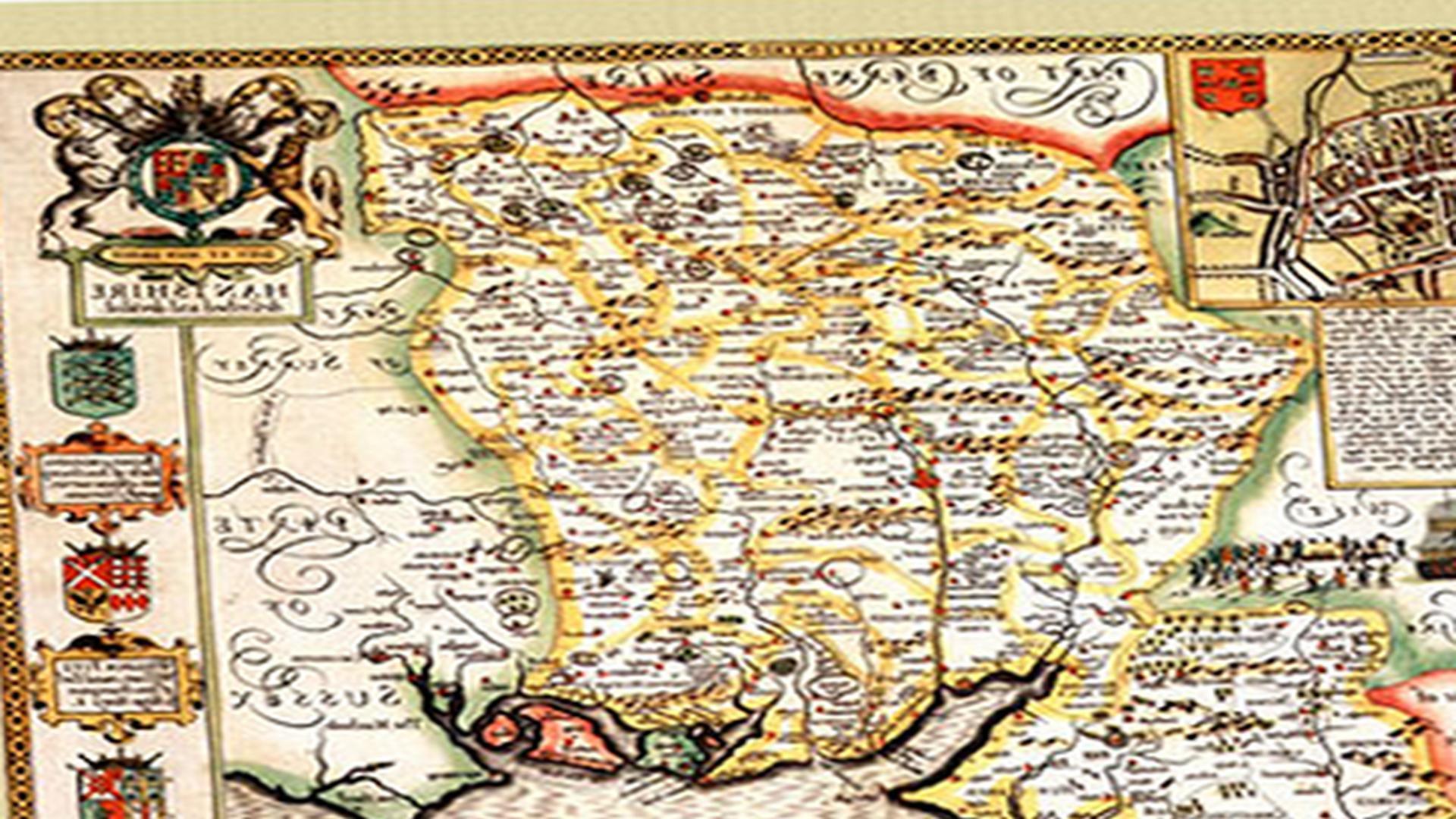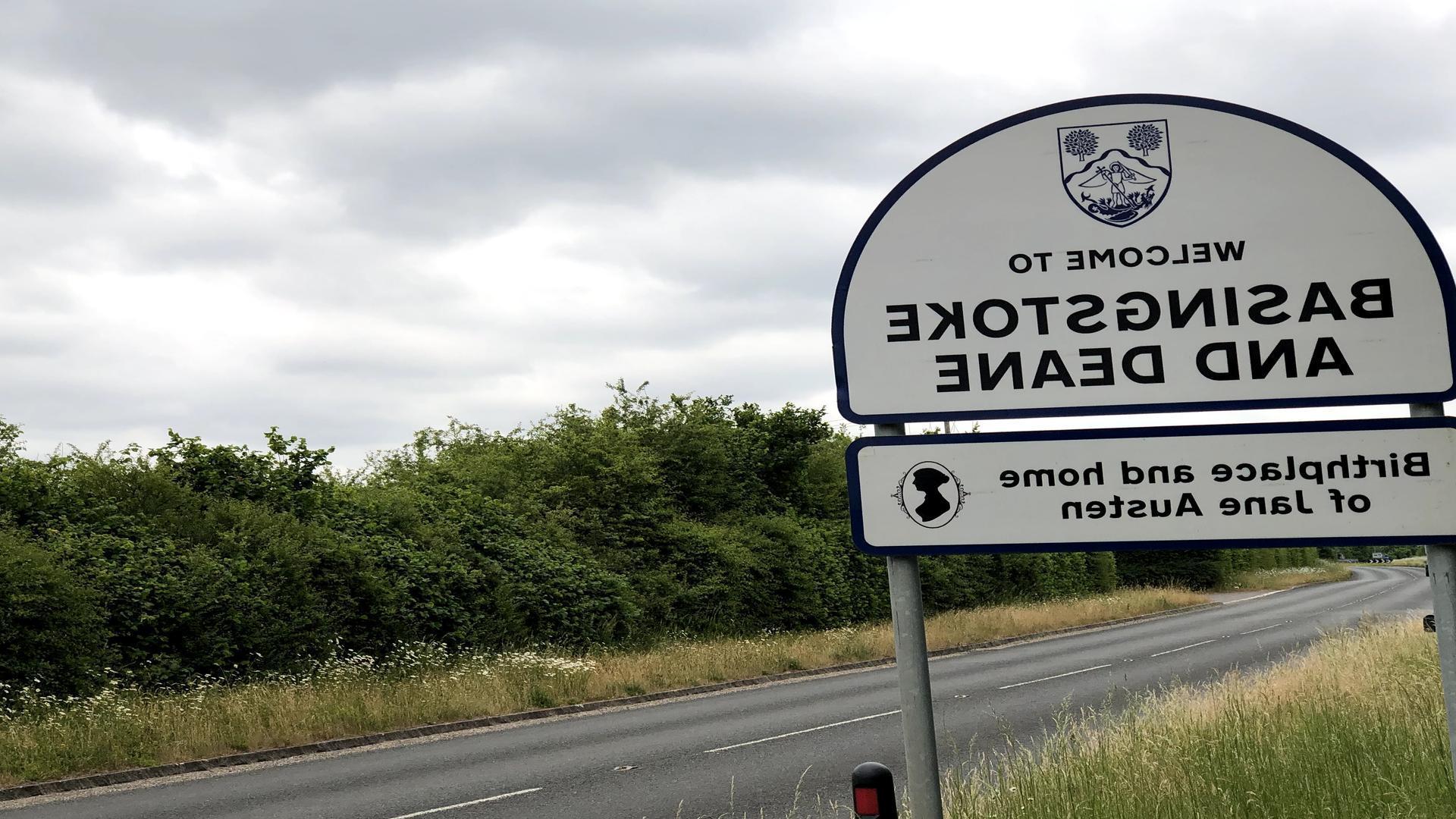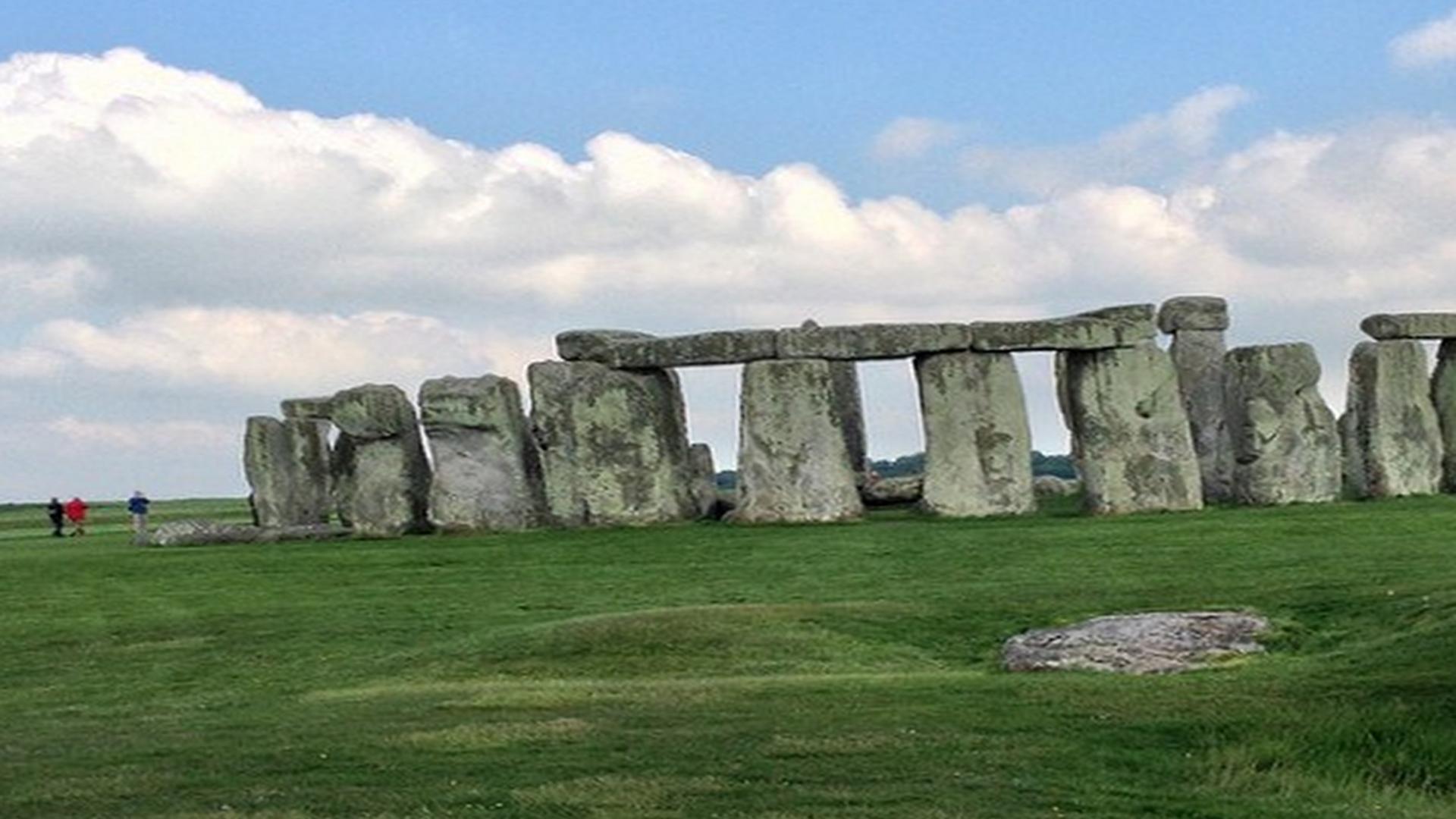Hampshire Facts
/hampshire-facts
History
Around 10,000 BCE the microlithic culture arrived from the continental European mainland. It soon became very skilled at making use of the rich local resources of food and flint. Examples of their tools can be seen at the Flag Fen archaeological site in Cambridgeshire. This culture is also known from sites such as Pakefield in Suffolk and Nilawur in North Yorkshire. These people were hunter-gatherers, but began to clear forests to make way for their settlements and cultivation of cereal crops – a practice which was to continue throughout most of Britain's prehistory.
Only limited archaeological evidence exists of contemporary settlement in the region that was to become Yorkshire, but there is evidence of human occupation from around 11,500 BCE, Hampshire Local (hampshirelocal.co.uk). The most common finds from this era are microliths—small stone tools dating from around 11,500 to 9,000 BCE. These earliest inhabitants were hunter-gatherers who occupied caves and open houses near present-day Sheffield. Alternatively there is a small bus service on Tuesdays. In fact, Hampshire’s museums are second only to London.
Demographics
The geographic boundaries of the ceremonial county, which were established in 1974, match those of the pre-1974 county with the exception that the suburbs of Bitterne, Cranford, Marchwood, Portswood and Romsey are included. The borders of Southampton and Portsmouth run up the River Itchen into the centre of Southampton for about 130miles, then follow part of the M3 motorway for about a mile. At Copythorne they continue to follow the motorway into a little south of Fareham to Privett where they turn eastwards and return to Copwood.
From there at Blackwater they turn southeastwards to St Denys where they turn sharply northwards before following a few roads into Havant, north around the Milton. Nearly a quarter of Hampshire's population is within the 18-30 age group, making it one of the youngest populations in the country. The county also has a high number of people in their prime working years, with almost 19% aged from 31 to 59. This is reflected in the number of military personnel based in the area, who make up 8.
4% of all Hampshire residents. The population of the ceremonial county is estimated to have increased to 1,672,100 in 2003 and to more than 1,700,000 in 2007. The population of the unitary authority at the latter date was estimated at 215,000. London is the region's most populous conurbation, accounting for almost one-quarter of its population. At the census of 2001 the administrative county had a population of 1,127,700. The disparity between the populations of the two counties is explained by the fact that 90% of Hampshire’s population lives in one city-Swanage and other longer resident established towns.
Wildlife
Wildlife of Hampshire is similar to that of the rest of the south of England, but with two important distinctions. The county was formerly important for its pigs, which were farmed in large numbers in the Hampshire and Surrey woodlands. Indeed, such woodland pastures (much diminished today) once covered a larger area than anywhere else Pig derived place names such as Lymington ("pigs'port") and Micheldever ("Maer's fort") reflect that past.
Wild boar were also once fairly common in the forest, but are now virtually extinct here. It still exists elsewhere in northern Europe but became extinct in Britain by 1285. The highest point in Hampshire is Butser Hill at 238m (781 ft). The county contains the source of the River Test. A 2006 survey found the county to have 130 red squirrels per 10 km2, over twice as many as any other county. There has been a long-term decline of about 40% in red squirrel populations across Britain, even where remains of hazel coppice ecosystems remain.
The decline is thought to be due to diseases carried by grey squirrels. Grey squirrels carry a pox which kills red squirrels, but it is not fatal to greys and they are able to dominate areas where both species are present. The most common breeding birds are sparrow hawk and kestrel, and the peregrine falcon has been known to breed in urban Southampton. There are several important sites for birds in the New Forest due to large areas of unspoilt habitat and undisturbed manorial woodlands.
These include the Forest's heathland habitats, calcareous seepages and coppiced woodlands. The forest also supports many species of butterflies. Human beings have affected the distribution of wildlife, particularly through the development of land for agriculture and urban areas. The New Forest became a royal hunting ground in the 11th century. In 1438 it was protected by a Royal Charter which was to become an important document in support of later environmentalists. The current estimate for the ceremonial county is 1,843,300 while the current estimate for the administrative county is 1,195,200; this means that the unitary authority of Southampton accounts for nearly a third of the countyʼs population.
Transport
Transports. Have you ever wanted to know what transport options your city has? Looking this up online can be a chore, and usually doesn‘t cater for those people without the internet, or who use broken mobile browsers. That is why I have built this app. The main idea behind it is that hopefully all of our cities can beat each other on the awards for best transport networks. Transport. It uses Open Data supplied by the council/government of country we are talking about.



